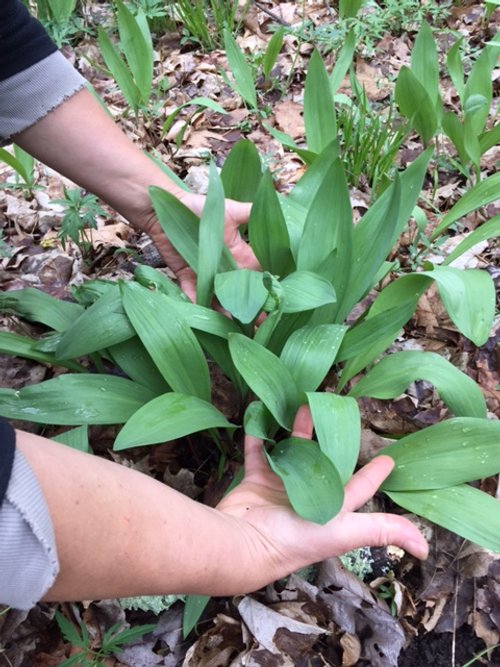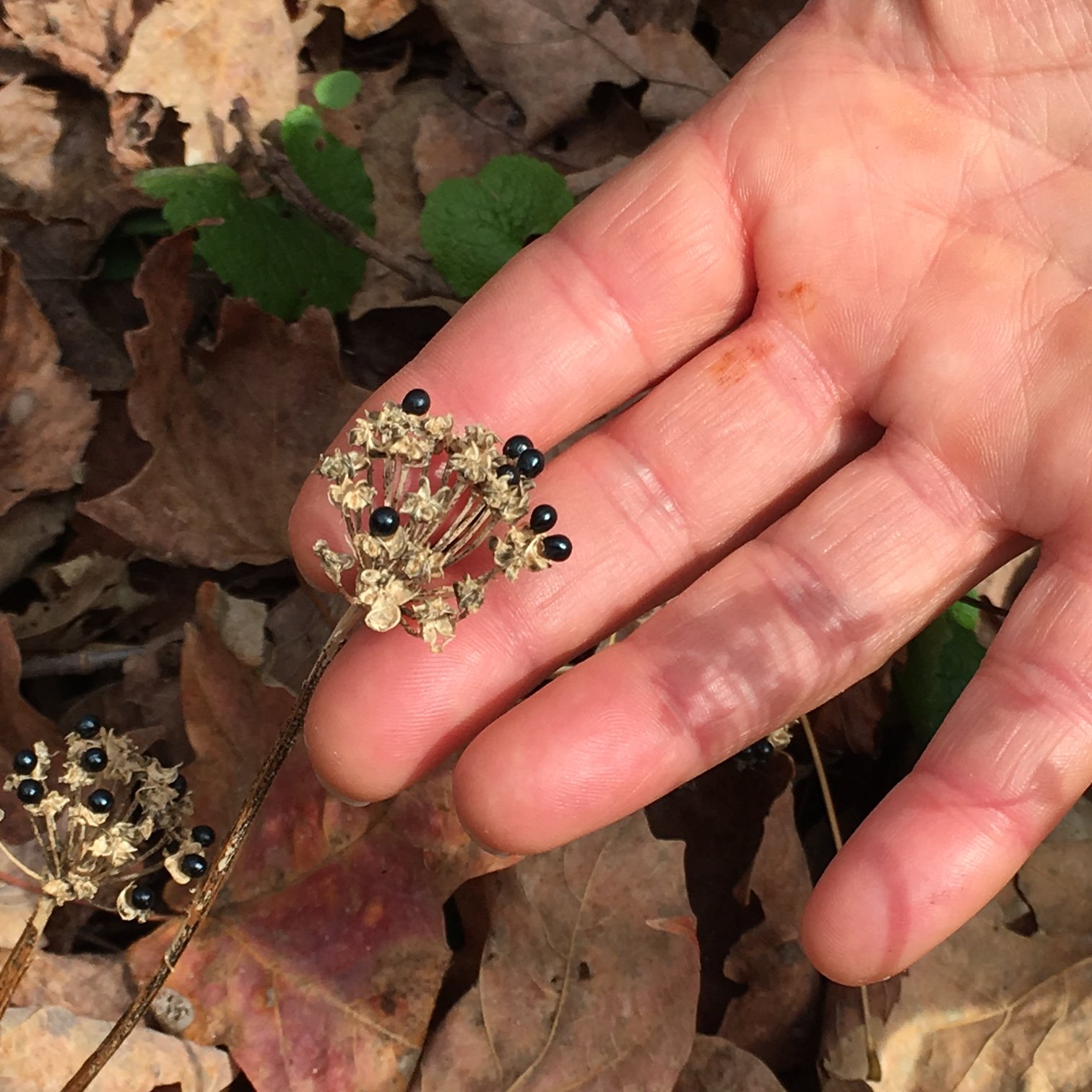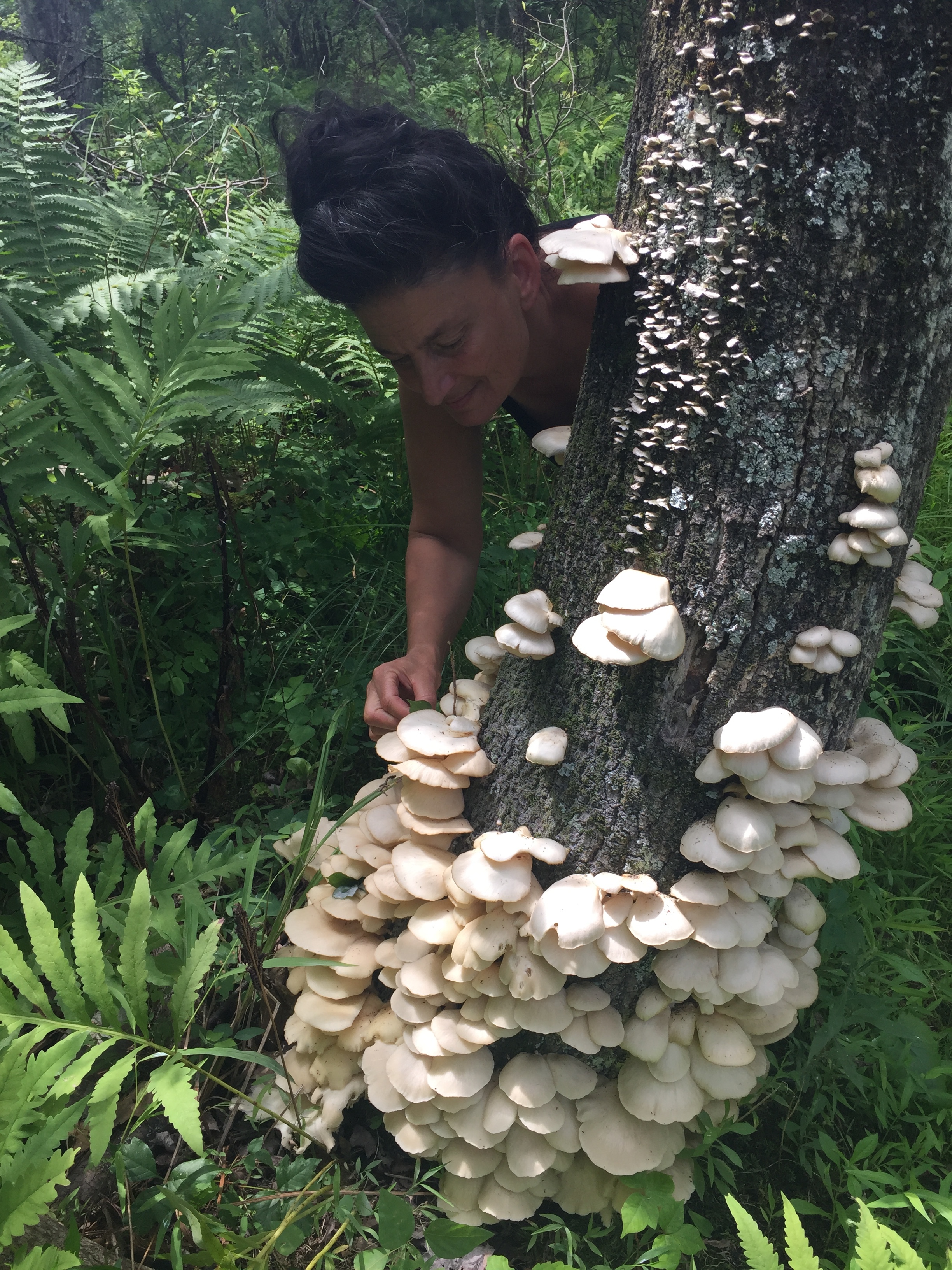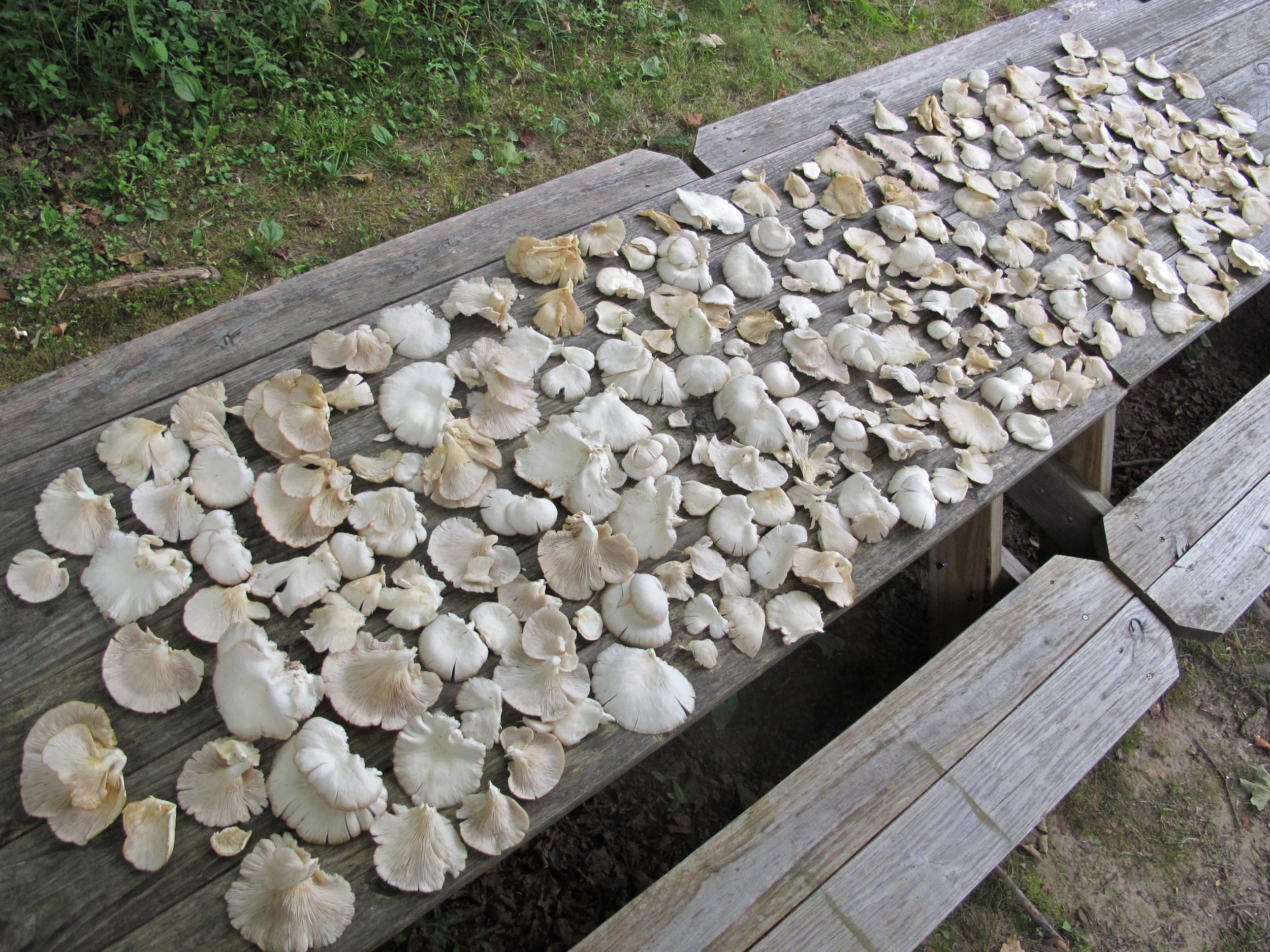Ramps need to be protected, replanted, and if harvested, to do so with care and consciousness toward these ends. Ramps take time to develop: production from sowing seed to root harvest can take 5 to 7 years.
They are slow growing Native American perennials of the “onion family’ who are endangered in some regions
If you find a well-established colony, harvest should be less than 5% of the plants. Another recommendation is to harvest only one leaf from several mature plants. This approach leaves the roots intact so the plants are not killed. My handful oframpleaves was harvested in this manner.
I encourage those of us that are able to plant this lovely, tasty friend so we can regenerate this resource, since zealous harvesting may cause it to become endangered.
If you can, plant seeds as they mature later in the season to create new patches. And if an area is super abundant and ramp congested, thin it a touch and dig up by the root to replant and create more abundance.
Ramp seeds found in the fall after their leaves have died back.
I'll preserve these ramp leaves in salt making a kind of bouillon to eke out through the year. More about + recipe for making old school bouillon here: https://bit.ly/3nhC2o4
#Ramps #AlliumTricoccum #SpringForaging #Foraging #WildEdible #WildFood #ForagingAndFeasting #InTheWildKitchen #WildFoodHealthBoosters #DinaFalconi #OnlineForagingCourse #OnlineCourse #Botanizing #PlantIdentification #SustainableHarvest




















